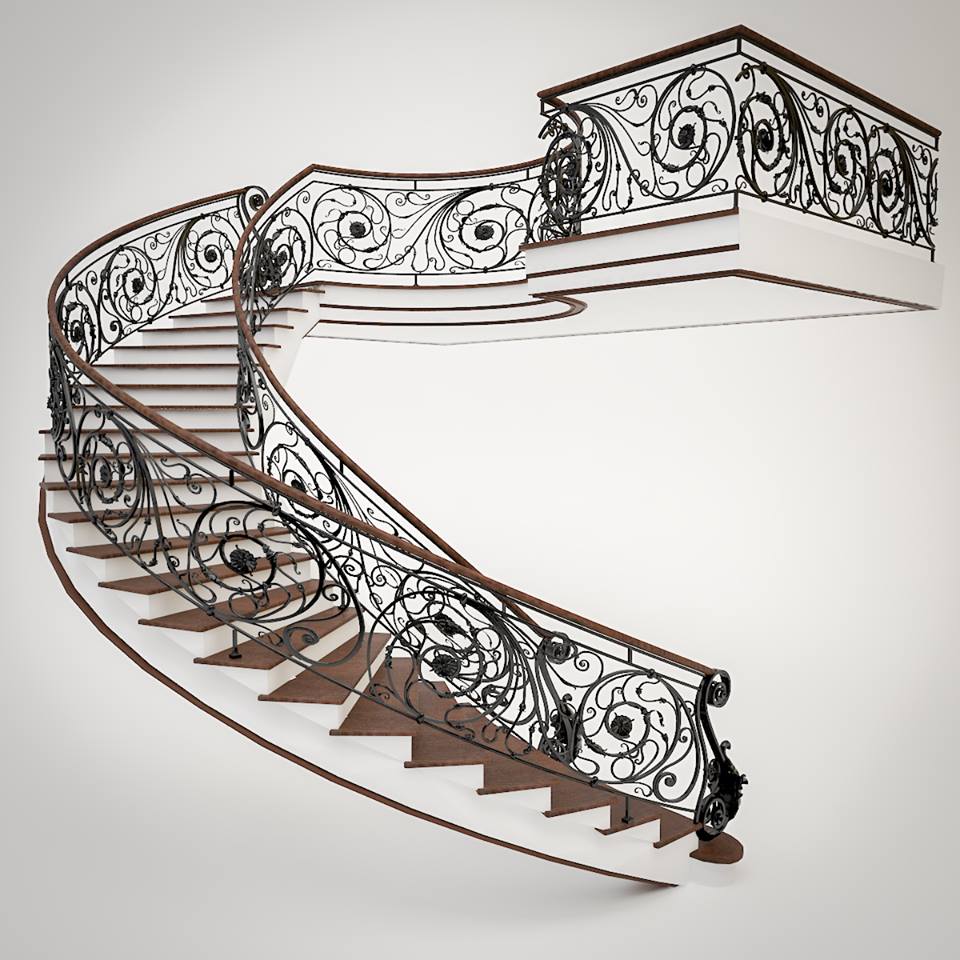Decorative wrought iron has a wide range of applications in architectural and garden design. Here are some common application scenarios:
Gates: Decorative wrought iron can be used to customize and create a variety of gate styles, including entry gates to homes, patio gates, and commercial building gates.
Fences: Decorative wrought iron fences can be used to surround homes, parks, castles, and other buildings for both protection and beauty.
Railings and Fences: Decorative wrought iron railings and fences can be used on balconies, stairs, or to separate indoors and outdoors, providing protection while adding a beautiful feature to the space.
Here is the general process for making decorative wrought iron:
1. Design: First, according to the customer’s needs and specific site, the designer will draw up the drawings and design plans of the wrought iron products.
2. Make models: Make models of wrought iron products based on drawings and design plans. Modeling can be done using CAD software, or physical models can be made by hand.
3. Material selection: Choose the appropriate wrought iron material, usually low carbon steel or iron alloy.
4. Iron heating: Heating wrought iron materials to a plastic state generally requires the use of a special furnace or flame heater.
5. Forging: Use a forging hammer and mold to hammer the heated iron material into the desired shape. This step requires skilled forging workers to complete.
6. Refining treatment: Refining the forged iron products, including cutting, grinding, polishing, etc., to eliminate defects caused during the forging process.
7. Anti-corrosion treatment: Anti-corrosion treatment is performed on wrought iron products to extend their service life. Common methods include spraying anti-rust paint, baking paint or electrophoretic coating.
8. Coating: According to the design requirements, wrought iron products are painted, such as spray paint or powder coating, to enhance their decorative effect and weather resistance.
9. Assembly: Assemble all parts according to the design plan, usually requiring welding or bolting.
10. Installation: Finally, install the finished decorative wrought iron products to the corresponding location, such as door frames, fence posts or stair handrails. The above is the general decorative wrought iron production process, which may be adjusted depending on the project.
Post time: Oct-27-2023

